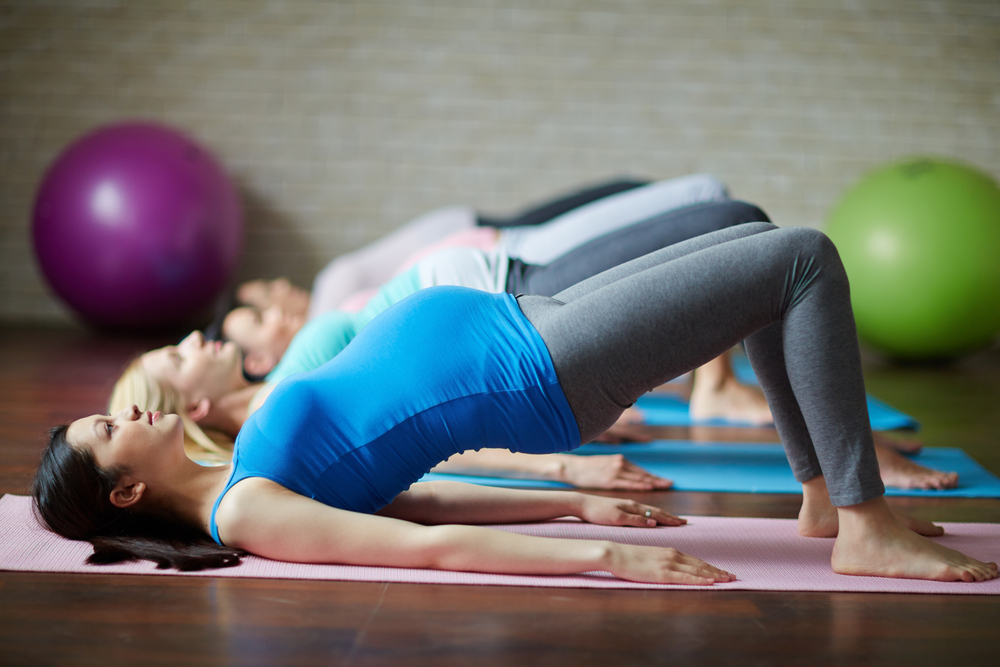




Useful tips to cope with pregnancy in autumn: from exercise to the right outfit
If women were asked to choose the season for their pregnancy, most would opt for autumn, either because summer is really hard to bear with a baby bump, or because this season with its warm colours almost seems to envelop you in a warm embrace.
However, the fact is that if a pregnancy can be planned, predicting the season in which to expect a baby is impossible. For all those women who, on the other hand, are already pregnant, autumn almost represents a kind of release from the heat and discomfort they had to deal with during the scorching summer.
But how do you cope with the change of season?
If it is true that having left the heat behind makes pregnant women breathe a sigh of relief, it is equally true that during the change of season they generally feel more fatigued and tired. How to recharge your body and soul, especially when you also have to look after your baby bump? Here are some tips, from diet to clothing and exercise, for living peacefully at this time of the year.
Although the cooler temperatures alleviate muggy conditions such as high blood pressure and swollen legs, and you sleep better, your body still needs to be hydrated properly even in the autumn. Drinking water regularly, among other things, helps the child’s development, electrolyte balance and nutrient absorption.
A balanced diet should also be followed. Eating seasonal fruit and vegetables ensures a nutrient-rich menu. In this respect, autumn has a wide range of tasty flavours: aubergines, beets, cauliflowers, Brussels sprouts, turnip greens, chicory, pumpkins, beans, spinaches, courgettes and chestnuts. You should also make sure that you are getting enough calcium, folic acid and iron. If this is not the case, it is a good idea to consult your gynaecologist in order to take some supplements if needed.
From taking care of your weight to taking care of your body: even in autumn, you should maintain the habit of exercising with constant training and moderate, light exercise. Recommended practices include classic walking, swimming and yoga. Physical activity also helps to keep stress under control through certain meditation practices that help release various pressures and tensions. Autumn is also the month in which we prepare for winter, a time in which vaccines are administered, including those against influenza. There are some expectant mothers who would like to ‘protect’ themselves from the classic seasonal illnesses but have fears for the baby. Also in this case, the advice is to consult your doctor. Speaking of the doctor: you should not forget to undergo routine prenatal check-ups. The autumn period could also be used to rest or otherwise improve sleep quality. If you have difficulty finding a comfortable position, you can always help yourself with pillows. During this period, many new mothers focus on planning the birth of the baby, reading books on baby care, and preparing for the birth. Attending a pre-natal course offers an opportunity to learn relaxation and breathing techniques, which are essential when the baby is born.
The change of season is also the time to get your hands on your wardrobe. Easy to say: ‘I want to show off a new look’, but what about expectant mothers? Autumn is the season that, precisely because temperatures are no longer as hot as in summer, nor so cold as to require coats and down jackets, allows you to indulge in maternity clothes. Bearing in mind, however, that temperatures can vary suddenly, it is recommended to dress in layers to be able to add or take off clothes without any problems. As far as shoes are concerned, there is no doubt: comfortable shoes that keep the feet warm should be preferred. Heels are not banned, but as long as they are wide.


